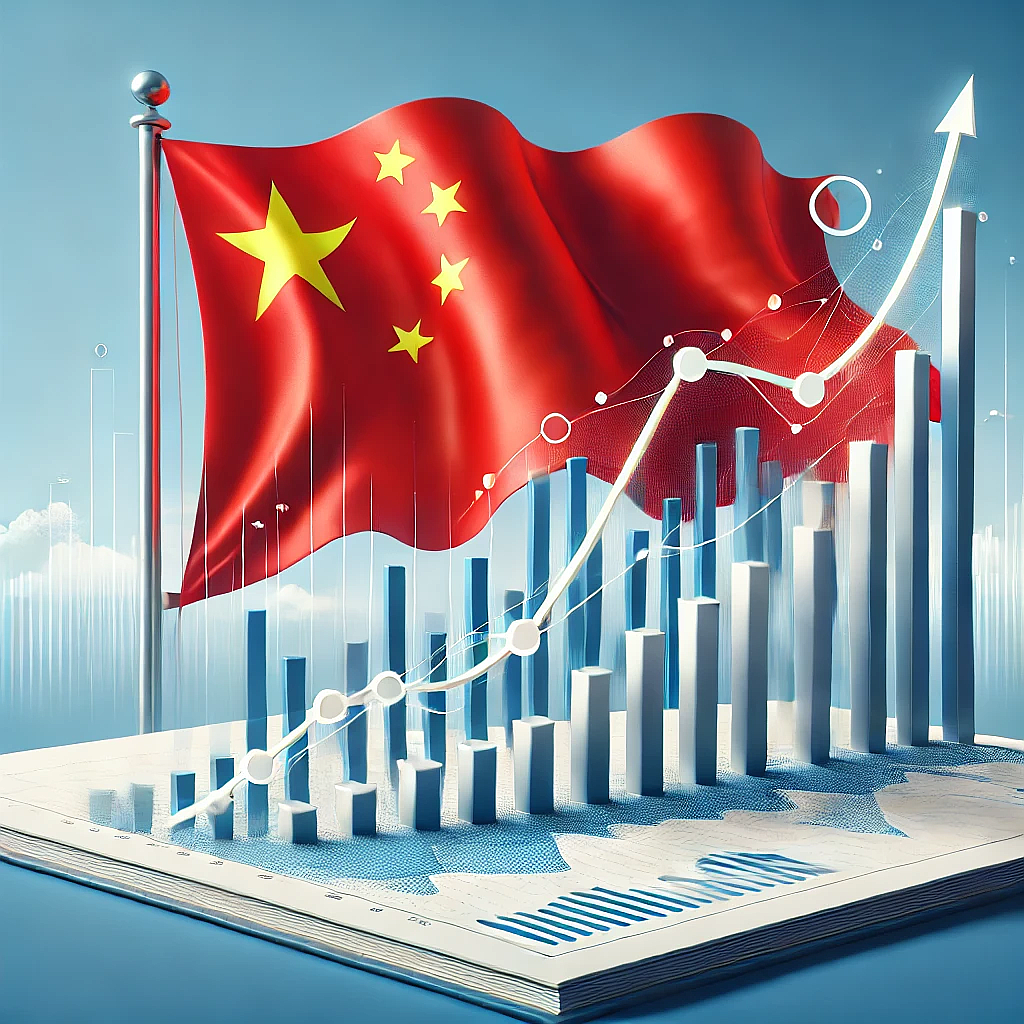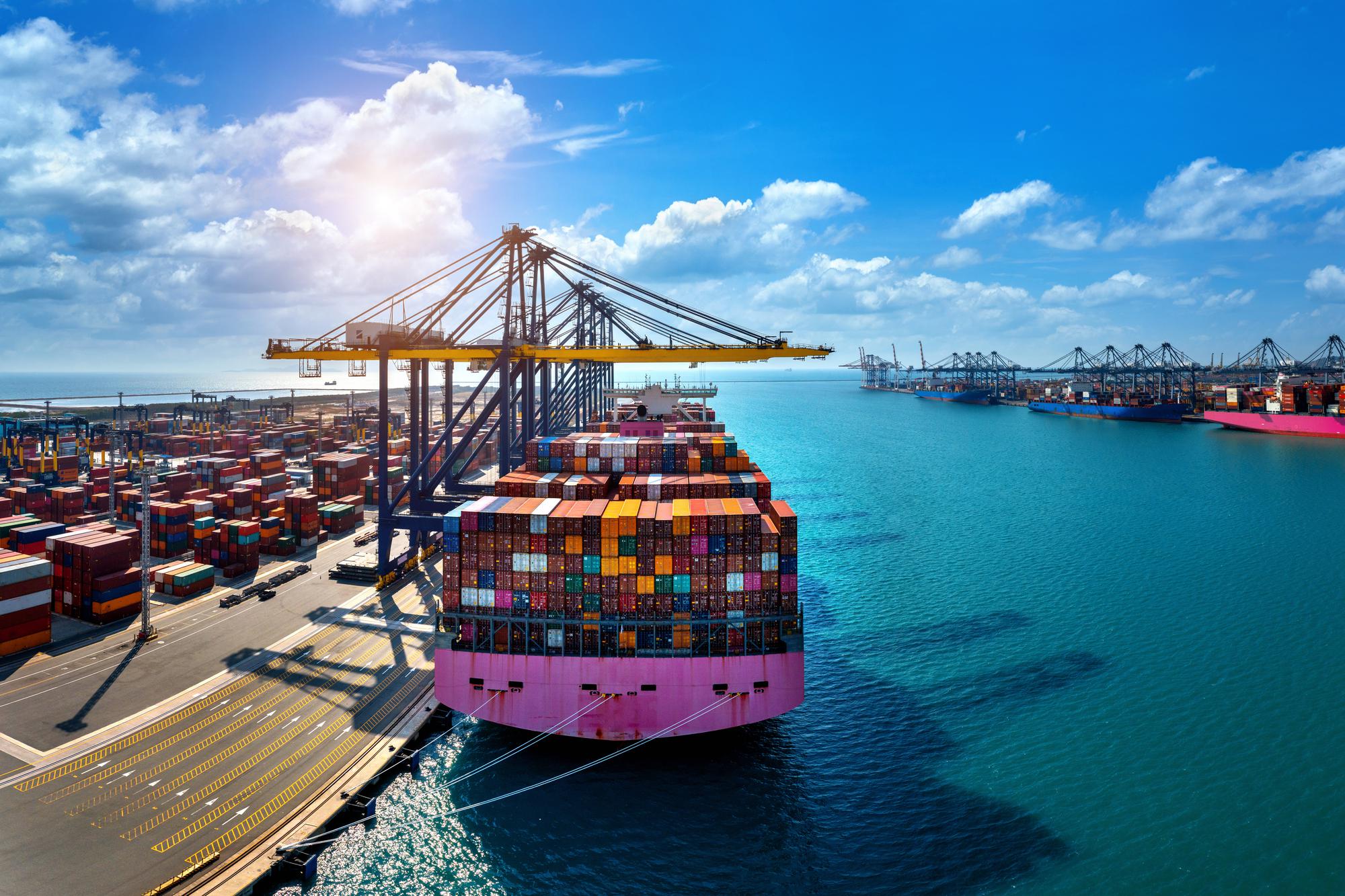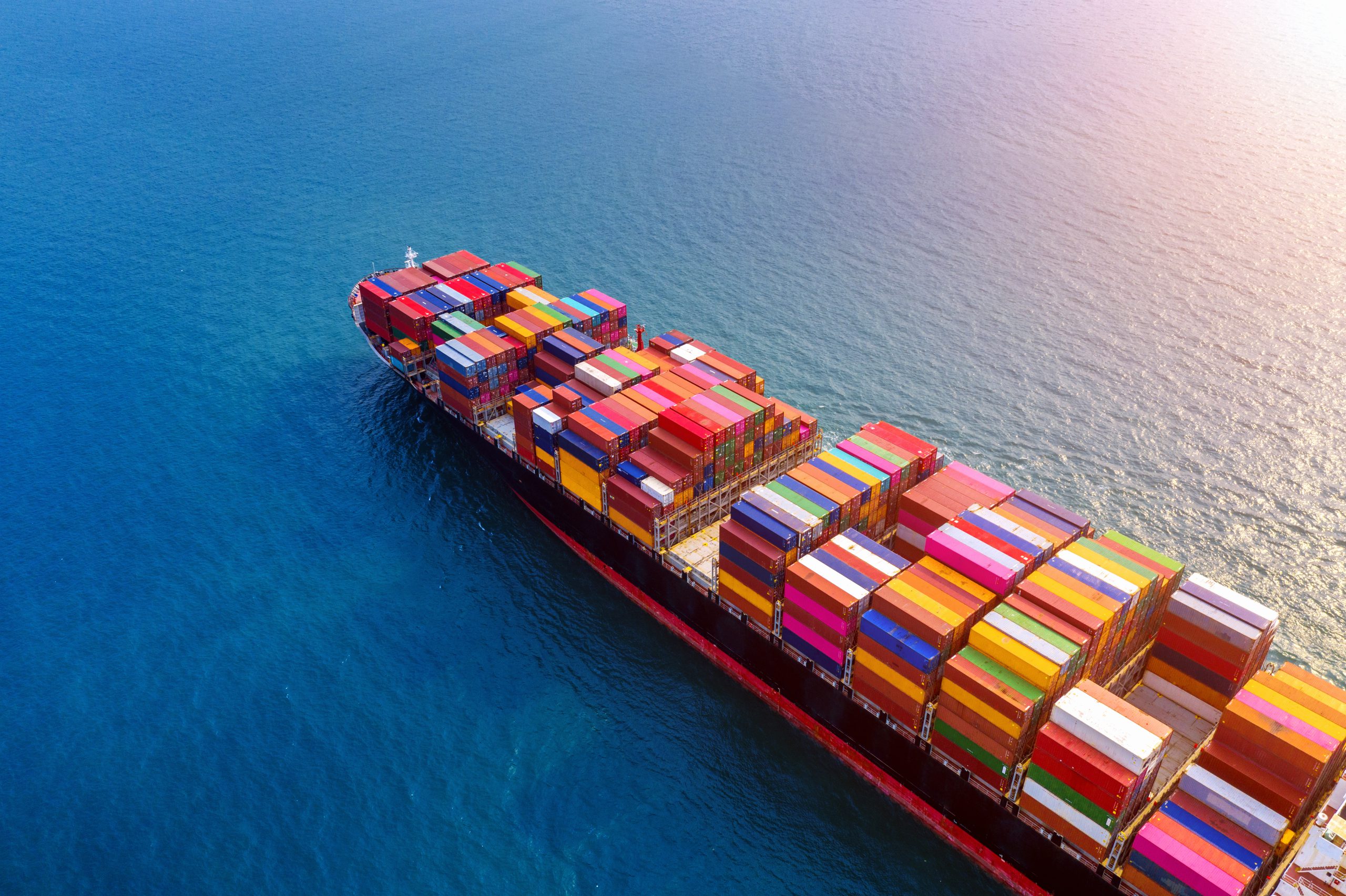China’s trade revival in machinery and new energy is reshaping global supply chains and driving demand for advanced services like artificial intelligence, English proficiency, and third-party quality control. This rebound in exports, supported by a recovering global economy and China’s strong industrial capabilities, underscores the country’s pivotal role in addressing the world’s evolving needs.

Export Growth in Machinery and New Energy
Recent trade data reveals that China’s machinery and new energy sectors have shown robust growth. Exports of high-tech machinery, including smart home appliances and automation systems, have surged. Similarly, the global demand for photovoltaic products and electric vehicles has expanded, with orders increasing from emerging markets due to reduced costs and rising adoption of clean energy solutions. For example, Zhejiang-based photovoltaic firms reported a significant rise in container shipments in 2024, marking a 20% year-on-year increase in export volume. This revival reflects China’s competitive edge in technology and cost-effective production.
Factors Driving the Revival
- Economic Recovery: China’s economic recovery post-pandemic has been supported by targeted government policies, including tax incentives and supply chain upgrades. A steady GDP growth rate of around 5% is projected for 2024, providing a favorable backdrop for export-oriented industries.
- Global Sustainability Goals: The international push for sustainability and renewable energy adoption has heightened demand for China’s affordable and scalable green technologies. This trend is particularly evident in sectors like solar panels and electric vehicles, where China maintains a dominant market share.
- Improved Global Relations: Despite ongoing geopolitical challenges, recent trade agreements and diplomatic dialogues have helped stabilize international demand for Chinese goods. The increase in trade volumes from markets in Southeast Asia, Africa, and South America further demonstrates the breadth of this recovery.
Implications for Service Demand
The trade revival is not only about products but also about the services that facilitate global commerce. Key areas of rising demand include:
- Artificial Intelligence Solutions: Export-driven companies are increasingly integrating AI for logistics optimization, supply chain management, and predictive maintenance in machinery production. For instance, AI-powered quality inspection tools are becoming essential for ensuring product compliance with international standards.
- English Language Proficiency: As businesses expand their international reach, the need for employees fluent in English has grown. English is crucial for global marketing, client negotiations, and documentation, particularly in tech-heavy sectors like machinery and green energy. Furthermore, this trend could drive higher domestic demand in China for native English teachers, as companies prioritize comprehensive language training for their workforce to compete effectively on the global stage.
- Third-Party Quality Control: With the surge in exports, overseas buyers are emphasizing product reliability and safety. This has increased the reliance on independent quality inspection services. Third-party firms specializing in machinery and photovoltaic equipment are witnessing higher demand to validate product quality before shipment.
Predicting China’s 2025 Economic Performance
The upward trajectory of China’s machinery and new energy exports is expected to continue, with the nation poised for sustained economic growth in 2025. Economic forecasts highlight a steady recovery driven by global demand for advanced technologies and sustainable solutions. This positive momentum is bolstered by government-led initiatives to enhance industrial capabilities, improve trade relations, and achieve a projected GDP growth rate exceeding 5% for the year.
Such a strong performance will amplify the demand for professional services such as AI solutions, English language training, and quality control. These services are critical in maintaining China’s competitive edge in the global market. As businesses prioritize innovation and international expansion, the opportunities for service providers in these sectors will only grow, solidifying China’s role as a global economic leader in the years ahead.
In conclusion, China’s trade revival in machinery and new energy is a testament to the country’s resilience and adaptability. As this trend gains momentum, it will create ripple effects across various service industries, cementing China’s role as both a manufacturing hub and a catalyst for global progress.








